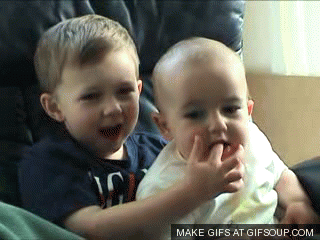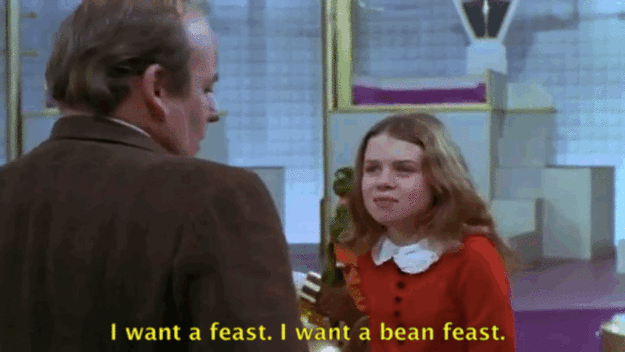A
Prelude can be described as, “Something that comes before and leads to something else.” When it comes to naming programs,
Adobe seems to have it right. While many are familiar with the editing software, “
Adobe Premiere Pro,” just as many are unfamiliar with it’s lesser known brother, “
Adobe Prelude.” Designed specifically to work in conjunction with Premiere Pro, Prelude is designed to speed the review, ingest, logging, selection, and export of tapeless media.
In short, Prelude helps speed up the arduous naming, reviewing, and selection of footage. Furthermore, by transcoding your clips to a more manageable file type you’ll eliminate the headaches when trying to export your film. Specifically, Prelude allows one person to review and capture all footage, build a selects reel, and INSTANTLY export it into Premiere Pro CS6, or
Final Cut Pro, so that the editor can begin editing immediately.
Can you imagine? You only have to export your film once. Nothing dropped, no errors, NO MESS! And you thought it could only happen in your dreams.
All those student editors out there, I have even more good news. If you’re a competent editor and aren’t horrible to be around you’ll probably end up with a job. The cool thing about having a job is that you earn money. This news isn’t so great for producers though.
“Someone using Prelude is not editing, they are collecting and organizing clips, and putting them all into one spot for the editor.” -Larry Jordan, Author of "Edit Smarter"

If you don’t need an editor to use Prelude, then why pay someone $40 an hour when you could pay a Production Assistant $7.64 to go through the Prelude process and save some bucks where you can. Now I have some bad news for you student editors out there. I just lost us some easy money. Now the production assistants are going to take our jobs. Sorry about that.
So hopefully by now I’ve convinced you that Prelude could, potentially, increase the efficiency of the editing team. But how does one go about actually using the software? In order to understand Prelude’s workflow, one *must remember the acronym: RILBE.
R: REVIEW clips from camera, card, or hard disk
I: INGEST just the clips, or portions of the clips that you need
L: LOG clips to add comments, and select the good clips
B: BUILD a rough-cut of selected clips to send to the editor
E: EXPORT the rough-cut to Premiere Pro (technically you could also export to Final Cut 7 but that’s not our focus for today)
I came up with a great phrase to remember the acronym: “Really I Love Bread Eating.” This works for me because, well, I really love eating bread. But you all can use it too if you want. Or you can create your own fun way to remember the correct sequence of the Prelude workflow. The ball is in your court.
Let’s start with the R— Review clips from camera, card or disk.
When you first open Adobe Prelude, you’ll notice that it possesses that classic Adobe aesthetic.
I feel at home already. Once you create a project, you’ll find that you’ve landed in the
INGEST workplace. I know what you’re thinking— “
Wait, Erin, the ingest workspace? But Ingest is the SECOND letter in the RILBE acronym.” Good catch! But actually, dear reader, the Ingest workspace is exactly where we need to be. This workspace allows you to review clips before you capture and transfer them to your hard disk from the camera, card, or hard disk where the source masters are stored. While revising the clips are important, I find this particular workspace the best place to label all of my clips.
Let’s move on to the second letter of the Prelude workflow acronym
, INGEST.
When Adobe says “ingest” they really just mean “transcode.” When you ingest an apple you change the composition of the apple. And when your body is done editing out all of the nutritious pieces of the apple, you end up “exporting” something completely different altogether. The benefit of ingesting clips is that you can transform the footage to a myriad of more manageable file types. This will save you the hassle of running into exporting errors later. Would you want to eat an apple without chewing it first? Prelude “chews” the clips before they seriously mess up your editing timeline. But what clips to chew? It’s common knowledge that transcoding large video files can take hours, days, even years to complete. Adobe offers several solutions to this.
Solution number 1:
Clear your schedule for the week and ingest every damn clip
Solution number 2:
Clear an hour of your schedule and ingest all of the clips you know, or think that you may use in your final edit.
Solution number 3:
Adobe allows you to pre-select portions of clips to ingest. Technically, you could select all of the in and out points of each clip and only ingest those specific clip bits. I caution you against doing this, however, because not importing the entire clip makes it fairly difficult to change your mind about things like length when they’re exported into the editing timeline.
I’m not going to tell you which solution is the BEST one, but it’s 2. Solution 2 is most likely the one that you’re going to want to go with. Ingesting clips is as simple as clicking the checkbox on the lower right corner of the thumbnail, selecting the format you want said clip transcoded to, and proceeding to push the big
Ingest button in the lower right corner of the Ingest Workspace. The formats that are understood by editing softwares best (
Apple ProRes,
DNxHD,
CineForm etc.) all require you to create a custom transcoding preset within Prelude. Once complete, the
Adobe Media Composer will pop up and ingesting ensues.
Here’s a great video on how to create custom presets in Adobe Prelude:
(thanks Arturo)
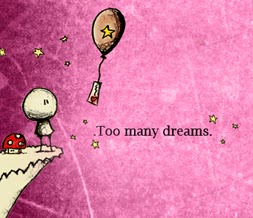
Reviewing footage and transcoding files into entirely different formats is not the only things that the ingest page is good for. Prelude is designed so that you can provide a link to the media (for tagging, and searching purposes) and you can copy media/ save your work to an unlimited number of destinations. That means you can save it to ALL of your hard drives. At this point I’m sure that you feel quite overwhelmed with the number of dreams Prelude is making come true for you.
Now comes the 3rd step in our Prelude workflow— LOGGING
Logging is my favorite
RILBE action because it involves the use of colorful markers. Each colored marker indicates something different when used on a clip so it’s very important that you become familiar with each marker’s use. Imagine if
Van Gogh didn’t know what the blue marker did?
“
Starry Night you call it? By golly that could be a picture of anything Vanny old chap!” < This quote is fictitious in content as well as inaccurate in terms of culture, time-period, and vernacular.
Prelude is no
Crayola, but it offers six distinctly different types of markers as illustrated here:
While each color marker has its place, the most useful (in my opinion) is the blue “sub clip” marker. You can create sub clips, also known as clips within clips, by selecting in and out points with the blue marker. The sub clips will then be saved and marked (Command+S) when you end up importing the re-furbished footage into Premiere.
See, even Vincent Van Gogh likes blue best.
Which brings us to the 4th letter in the RILBE Prelude workflow acronym— Building a Rough Cut.
This step of the Prelude is optional especially if you’re giving the job to production assistants rather than your editor. However, you can create a rough cut by double clicking the rough-cut icon and opening the rough-cut workspace. In a circumstance where the editor is not the person working in Prelude, the stand-in may take on the responsibility of assembling the good takes in one place so the editor wastes less time reviewing each and every take. If you do decide to make a rough-cut in Prelude, be sure to select File > Save before going on to the very last step of RILBE.
EXPORTING:
One of Prelude’s greatest attributes is it’s ability to transfer files to Premiere Pro unbelievably quickly. By selecting, File > Send to Premiere Pro, a new timeline will appear in Premiere and your clips will be transferred almost instantaneously. (This knowledge makes the transcoding process much more bearable to sit through.)
So that’s the end of this Prelude. Don’t you worry, there will be much, much more to come. Until then, Really I Love Bread Eating. Cheers!
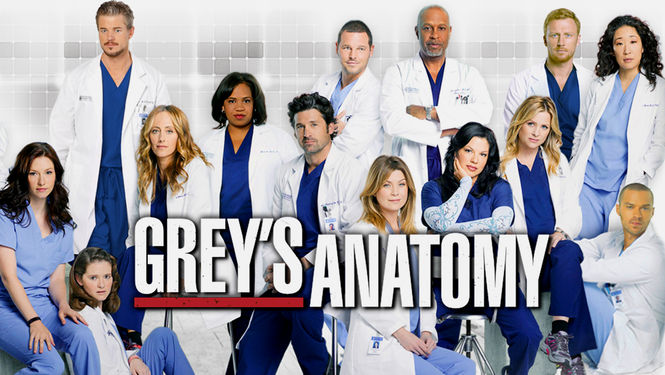
 Shonda Rhimes is one of the most powerful and successful women in television. There's no doubt about that. Her empire began back in 2005, when she became creator and executive producer of a television show for her first time. It was Grey's Anatomy and it premiered on ABC as a mid-season replacement. For those of you who have been living under a rock, Grey's is a medical drama about surgical interns and residents as they gradually evolve into seasoned doctors, while trying to maintain personal lives and relationships. The show is wildly successful, beginning its eleventh season this week. Rhimes expanded her empire in 2012, when another show of hers, Scandal, hit ABC. Thursdays became known as "Shonda Thursdays" at ABC, as Grey's aired from 8-9pm and Scandal followed from 9-10pm. Scandal also became an instant success. The show is a political thriller that follows Kerry Washington as Olivia Pope, a former White House Communications Director for the President, who has left to start her own crisis management firm. With two back-to-back primetime shows on the second most popular day of television (after Sundays), Rhimes is clearly one of the most powerful female showrunners and most powerful black showrunners in television. But her reign continues, as she conquers the final hour of ABC primetime on Thursdays. This past Thursday, Rhimes' newest show premiered after Grey's and Scandal. How to Get Away with Murder is a legal drama starring Viola Davis as a law professor at a prestigious university who, with her students, becomes entwined in a murder plot.
Shonda Rhimes is one of the most powerful and successful women in television. There's no doubt about that. Her empire began back in 2005, when she became creator and executive producer of a television show for her first time. It was Grey's Anatomy and it premiered on ABC as a mid-season replacement. For those of you who have been living under a rock, Grey's is a medical drama about surgical interns and residents as they gradually evolve into seasoned doctors, while trying to maintain personal lives and relationships. The show is wildly successful, beginning its eleventh season this week. Rhimes expanded her empire in 2012, when another show of hers, Scandal, hit ABC. Thursdays became known as "Shonda Thursdays" at ABC, as Grey's aired from 8-9pm and Scandal followed from 9-10pm. Scandal also became an instant success. The show is a political thriller that follows Kerry Washington as Olivia Pope, a former White House Communications Director for the President, who has left to start her own crisis management firm. With two back-to-back primetime shows on the second most popular day of television (after Sundays), Rhimes is clearly one of the most powerful female showrunners and most powerful black showrunners in television. But her reign continues, as she conquers the final hour of ABC primetime on Thursdays. This past Thursday, Rhimes' newest show premiered after Grey's and Scandal. How to Get Away with Murder is a legal drama starring Viola Davis as a law professor at a prestigious university who, with her students, becomes entwined in a murder plot.

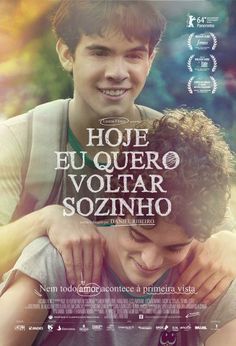
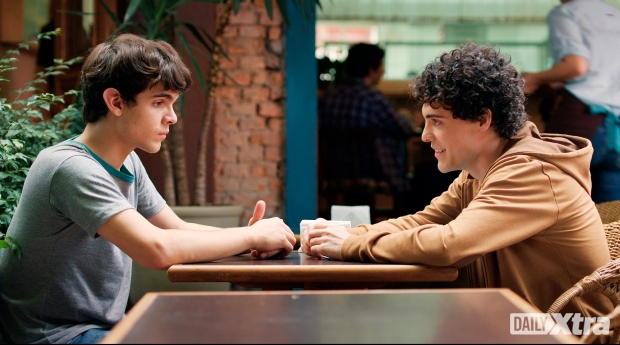






.jpg)

-1.jpg)







